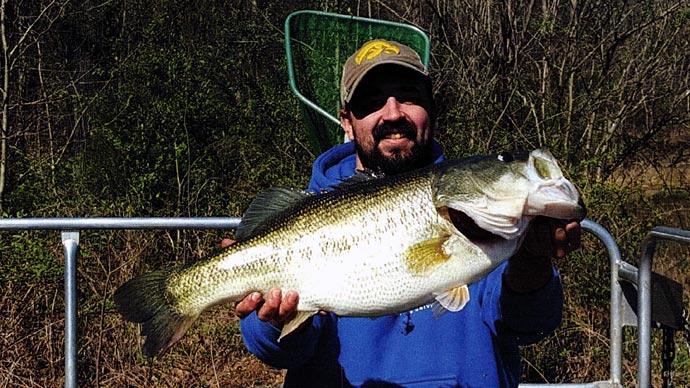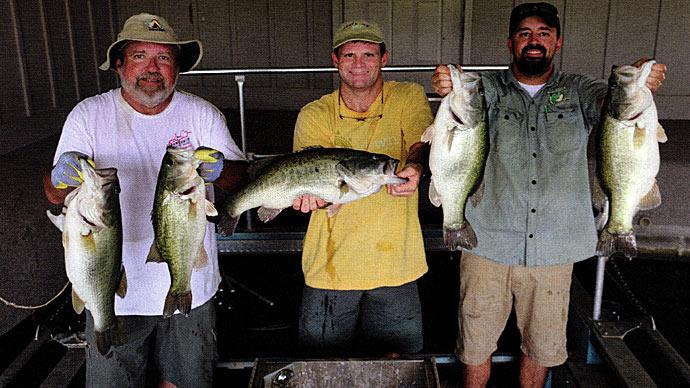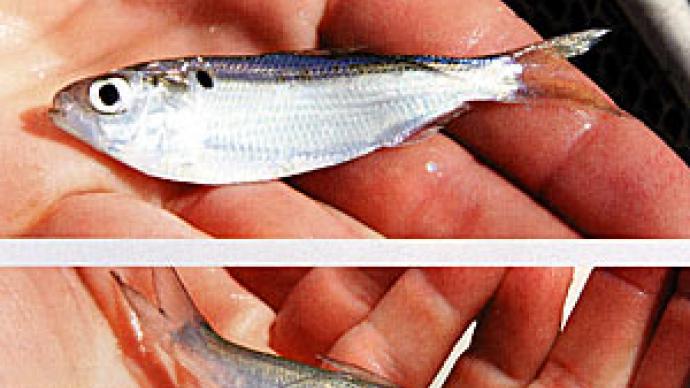In June 1999, I built and stocked a 10 acre lake in northern Texas, along the Red River. I named the lake "Lucky," for good reason. The lake has turned out great, not by my design, but by pure luck.
At the time, I simply had a dam built; using a local earthmoving contractor well versed building stock tanks. We designed a few bottom features, and added fish cover around edges. I did little homework beforehand.
The area had been in a drought, with little hope for rain. Enter more luck. The new lake had been completed for a short time when drenching rains came. The lake filled. I had a new, almost mythical, standing in the rural neighborhood.
From a local referral, I called the closest fish guy to stock fish in my brand new lake. That guy happened to be Bob Lusk. I thought I was simply calling a fish guy, someone who could toss a few fish into my pond. This wasn't the case, at all. Little did I know his passion for pond management and fisheries biology. One of my passions is fishing, so between the fish guy and me, we naturally exchanged a lot of thoughts and fun, while experimenting with different concepts and ideas on this lake.
One of those experiments (mostly for me, not Bob), was that I wasn't satisfied with bluegill growth rates and decided to change things a bit. I routinely feed the fish, and while numbers are high, sizes are low..too low to suit me. I love to fly fish and I wanted bigger bluegill. One fun fishing day I hooked a small bluegill on a dry fly. As I was playfully fighting the small panfish, a 2 pound bass swirled and inhaled it. The greedy bass also took my fly.
As I saw it, my bluegill were being eaten before they could grow to monster sizes. Of course, my original stocking plan was for bluegill to be the main forage for largemouth bass. My fish catch suggested such evidence. But, I still wanted bigger bluegills, at least a pound apiece. As I pondered the best answer, more questions arose. "What else could I stock in the lake to take some of the pressure off bluegills?" My mind continued to analyze, being the analytical guy I am. "If we relieve pressure from bluegills, will individual fish grow?" And, "How will these decisions affect the overall welfare of the lake?"
I knew just who to call, yup, Pond Boss headquarters, and the fish guy. In the blink of an eye a big truck pulled up, unrolled a huge hose and deposited 5000 threadfin shad in the midst of the luckiest lake around.
That was 2 summers ago and what has happened since has surprised even the "master fish guy".
Bluegill have gained almost 30 percent in body weight and numbers have doubled. One of the most surprising observations is catfish I stocked are gaining weight as well and there is recruitment. Normally, catfish do not recruit in bass lakes because channel catfish spawn last each spring, and other species of young fish look at them as a "snack." Other fish make nuggets out of succulent baby catfish before they can gain enough size to survive and compete. Traditionally, catfish are purely a "put and take" fish in a multi-species lake.
Bass have flourished as well. I would guess there are twice as many bass in the lake, and as for size, well, we have caught several over seven pounds, two fish larger than eight and one that tipped the scales at a whopping 9.2 pounds. With a growth rate of two pounds per year, I can't wait for next year. Thank goodness hunting season is in between the best fishing seasons, and a great distraction. I never dreamed hunting would be a distraction from fishing. (Hunting is another great passion.)
The final benefit has been a noticeably pleasant change in the flavor of fish from my lake. Shad-stuffed fish have gone from good to great table fare, and it is just remarkable at weekend fish fries how many of my friends ask where I "bought this great fish?"
Just for fun I tell them, "from the fish guy!"
I encourage everyone to look at alternative food sources primary predator fish can eat; the change for me has been nothing short of fabulous. Game fish populations have been enhanced, numbers of fish have grown, pressure has been relieved from an overburdened baitfish population, and bluegill have grown measurably larger.
One word of caution, however. Threadfin shad don't tolerate cold water. If your water temperatures drop below 42 degrees F, expect threadfin shad to die. As temperatures fall, these silvery, sleek fish become sluggish, and gamefish feed on them voraciously. But, inevitably with cold water, your lake will lose its shad. That's not necessarily a reason not to use thread-fins, but you should be aware of the possibility of complete loss.
In my neck of the woods, threadfin are able to survive 3 of 5 "typical" winters. So, value added to the pond has been well worth the risk of losing the fish.
As I spend time in the woods this hunting season, I expect my mind to keep pondering the magic of ponds and fish management. And, I suspect that same brain will spend a fair amount of time thinking how to continue to diversify the foodchain, and push Lucky Lake to its next level.
It just may be my lucky day.
Reprinted with permission from Pond Boss Magazine



